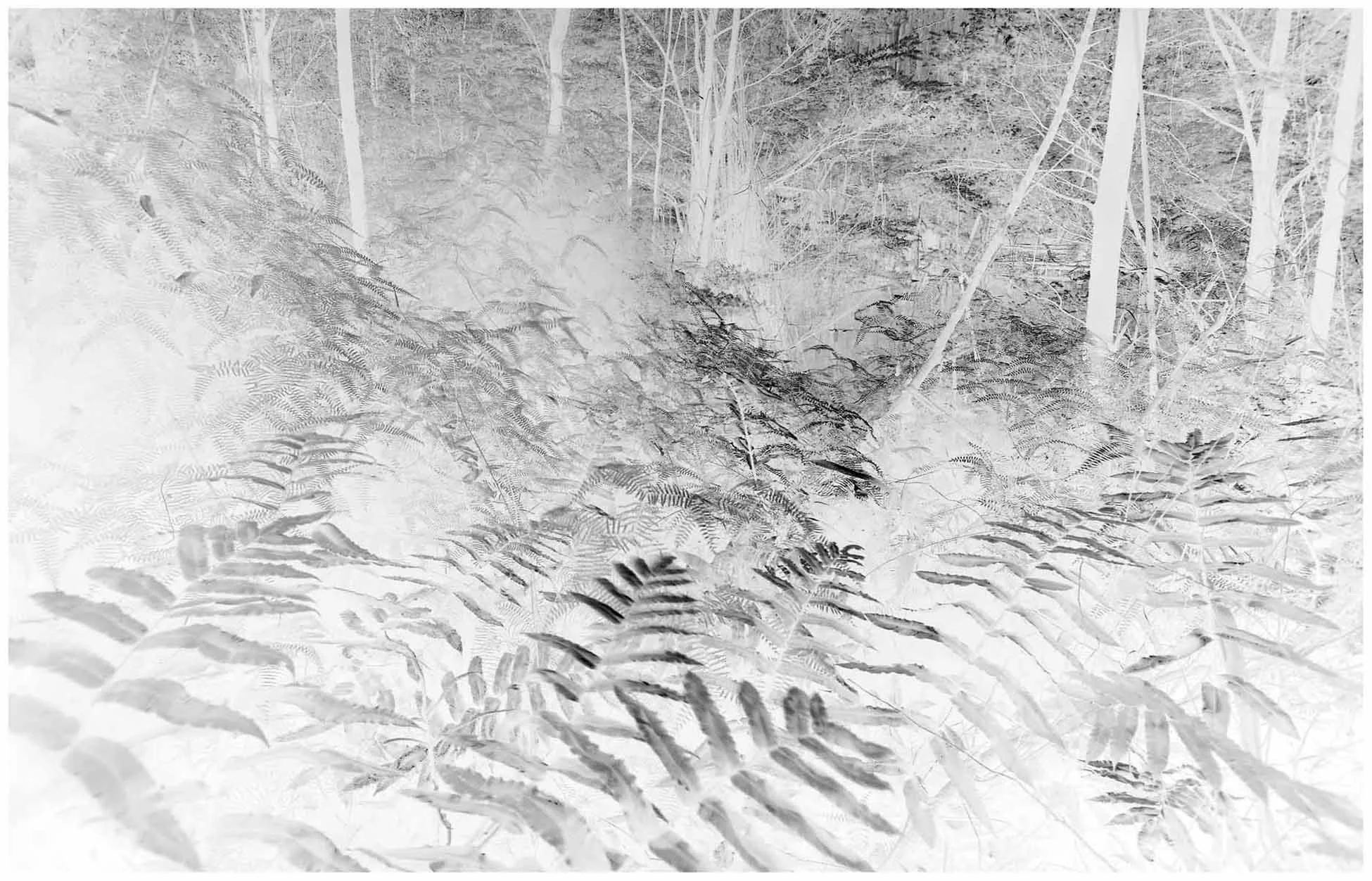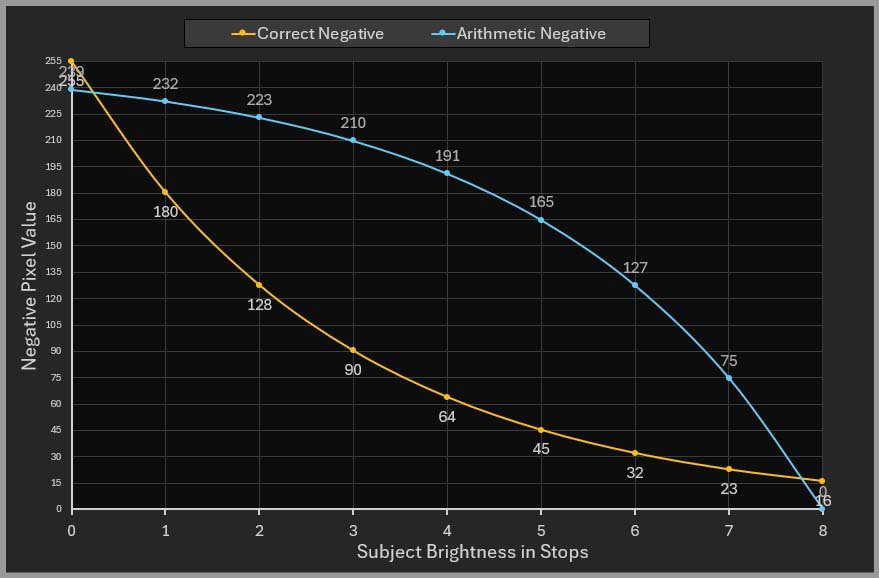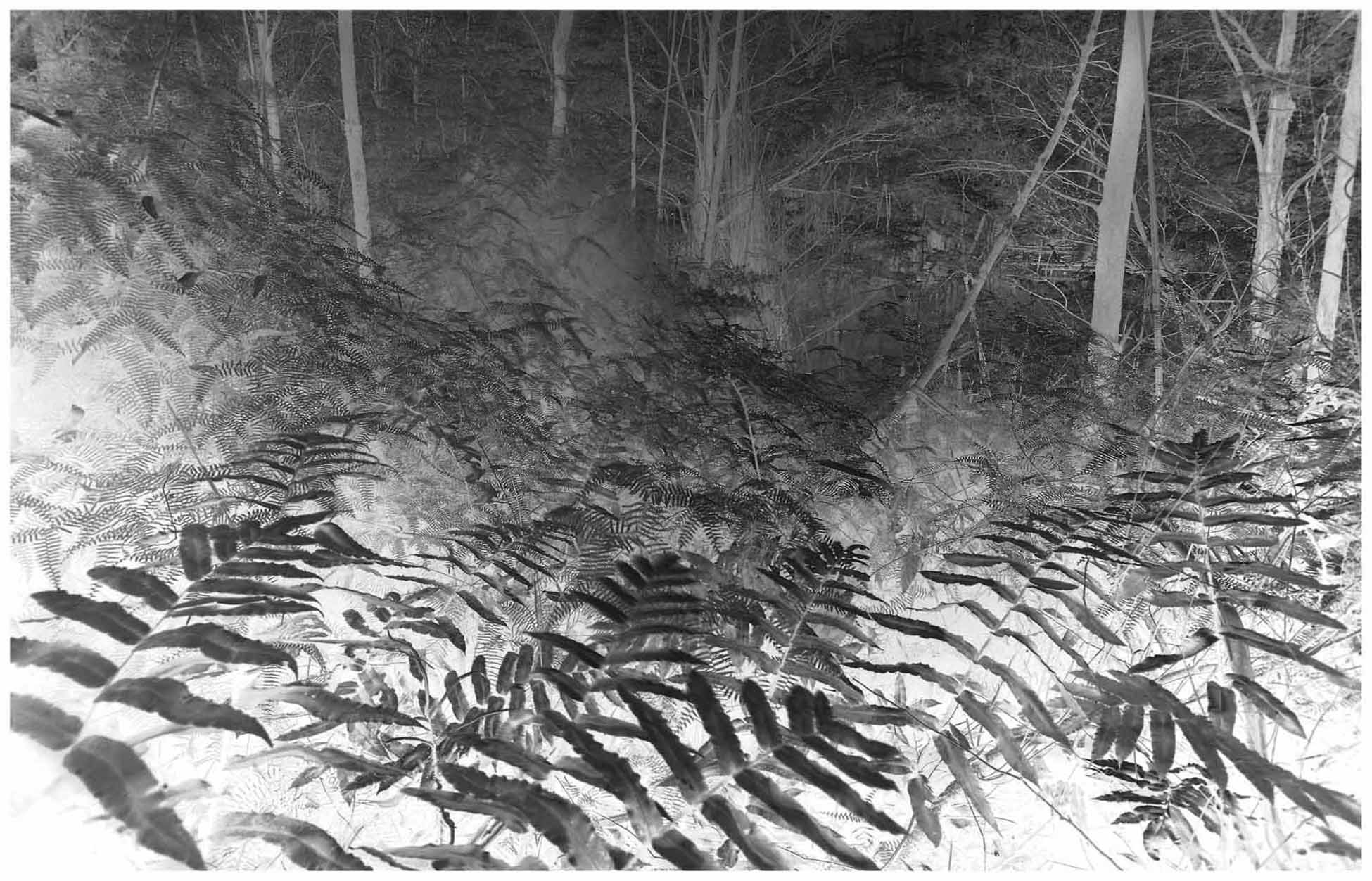Why TruNeg?
Copy of 28 x 18.1 cm Carbon Print with Oxide Black pigment made with a TruNeg Negative
For years, the alternative photographic process community has struggled with the incorrectly inverted negatives created by photo editing software. Over time, a whole sector of videos, books, and websites appeared, offering a variety of solutions, ranging from simple to complex, on how to overcome the failure of the inverted digital negative.
Interestingly, until the development of TruNeg, it appears no one has investigated why the inverted image didn’t work or whether it was even possible to invert it correctly. A few years ago, Australian landscape photographer John Riches became involved in carbon printing and quickly encountered the digital negative problem. When he couldn't find any information or explanation, Riches started exploring how the image is recorded, the mathematics behind the inverted image, and what makes a genuine digital negative. This exploration first led to the creation of TruNeg as a spreadsheet program, and has now progressed to the development of the standalone TruNeg_5.0 digital negative application for PC and macOS.
The results of Riches’ investigations are outlined below.
The Incorrectly Inverted Digital Negative
Before explaining why the editing program’s negative doesn’t work, a true digital negative has to be understood and defined.
By convention, the standard photographic negative, whether analog or digital, records a brightness range of eight stops, that is, the brightness doubles eight times, once for each stop, from the darkest to the brightest recorded tones.
The silver gelatin negative, for the most part, increases in density by regular amounts for each stop increase in the subject brightness.
In the 16-bit positive digital image, 1.41, the square root of two, not two, corresponds to a stop change in exposure; RGB 17 is the first discernible tone from black, and pixel values increase from 16 to 255 by 1.41 for each stop. This can be confirmed by measuring a monitor, set to a gamma of 1.8, with a light meter.
If the positive image increases by a factor of 1.41 for each stop, then for a negative to be an exact inversion of the positive image, it has to decrease from 255 to 16 by a factor of 1.41 for each stop.
Definition of a correct digital negative.
If the negative range is less than 255-16 and the factor is reduced correspondingly, a correctly inverted digital negative is a negative in which the pixel values decrease by a constant factor for each stop increase in the positive image.
Why the standard inverted negative does not work
Incorrectly inverted negative showing “underexposed” shadows and truncated highlights
The traditional inverted negative fails because the photo editing programs invert the image by subtracting the positive pixel value from 255.
This creates a negative with very small and uneven factors between the shadow and the midtone stops, and large changes in the highlights. This explains the faint, low-contrast shadows and midtones and the excessive contrast in the highlights of inverted negatives. Plotting the arithmetic negative in blue against the correct negative in yellow shows the extent of the problem.
The figure above shows the constantly changing proportion between exposure and negative pixel values. However, if the logarithms of the stop inputs are plotted against the logarithms of the negative outputs, the graph becomes a straight line, indicating an inverse proportion between the positive and negative logarithms.
The Correctly Inverted Digital Negative
Therefore, if the negative RGB values that print as just-white and just-black are known, then the negative value B of any positive pixel A can be calculated from the proportion, or gamma, between the positive and negative logarithms.
This is not only quick and simple, there is no measuring of stepwedges, no linearization, no normalisation and no coating and processing errors to complicate the issue. Additionally, it reproduces shadows and highlights with the same fidelity as the midtones, capturing the full range of positive tones from the deepest shadows to the brightest highlights.
Correctly inverted negative showing the full range of shadow and highlight tones
For a description of TruNeg_5.0, click the button below.




